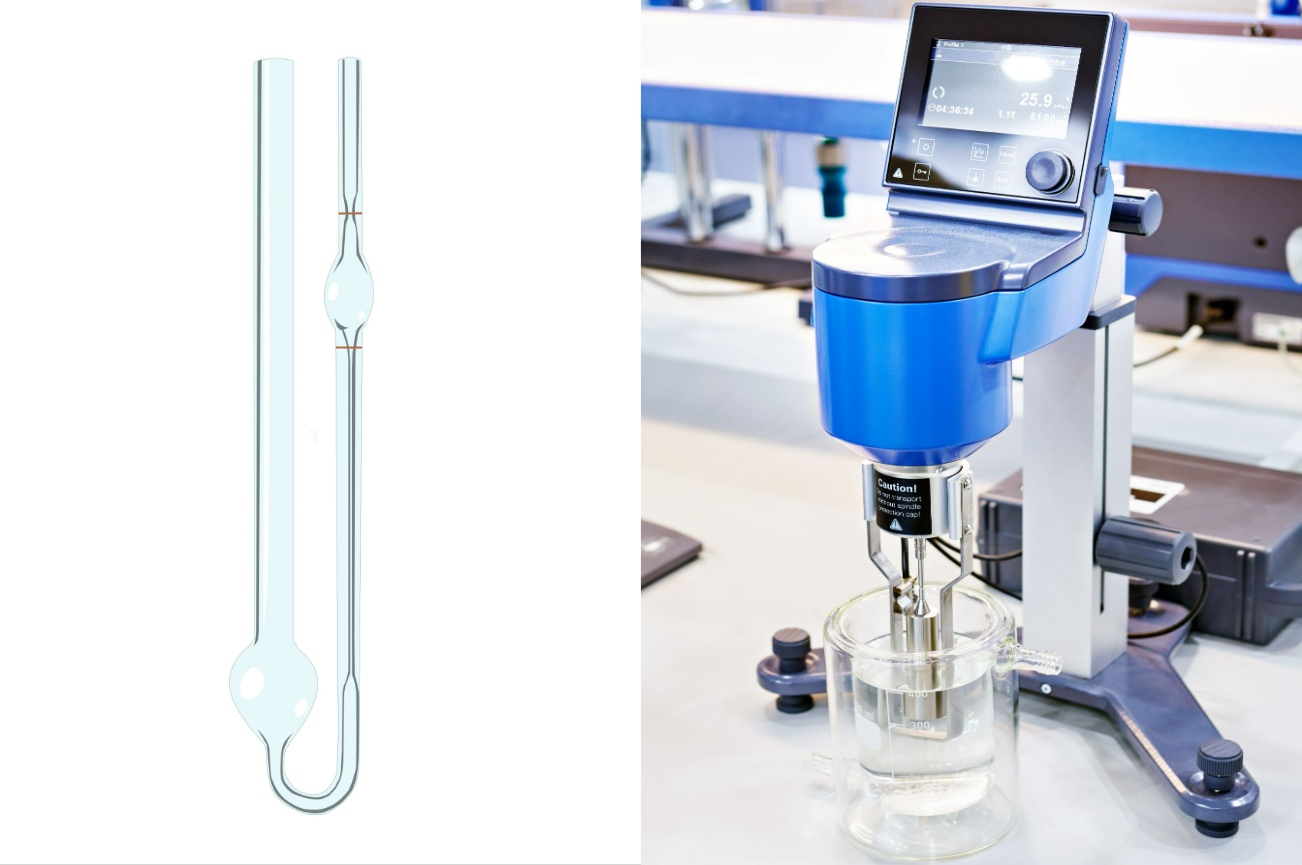Asfalt Bağlayıcı/Bitüm Viskozitesi: Asfalt Kalitesini Artırmak İçin Standartlar ve Yöntem

Asfaltın kalite kontrolü çeşitli unsurları içerir, ancak bunların arasında asfalt bağlayıcının viskozite ölçümü sadece asfalt yapımının kolaylığı için değil aynı zamanda dayanıklılık gibi kalite yönlerini de önemli ölçüde etkilemesi açısından önemlidir. Viskozite çok yüksekse, inşaat zorlaşır, bu da inşaat sürelerinin uzamasına ve maliyetlerin artmasına neden olur. Tersine, çok düşükse, yollar deformasyona eğilimlidir. Asfaltın viskozitesini uygun şekilde tasarlamak ve yönetmek, yüksek kaliteli asfalt kaplama için son derece önemlidir. Viskozite ölçümü, asfalt bağlayıcının tasarımı ve üretiminden, asfalt yüklenicileri tarafından kullanılan asfalt malzemelerinin kalitesinin yönetimine kadar çeşitli aşamalarda gerçekleştirilir ve asfalt bileşenlerinin üretiminden inşaata kadar farklı süreçleri kapsar. Ek olarak, asfalt bağlayıcının viskozitesi de pompa kamyonları aracılığıyla taşınabilirliği için hayati bir göstergedir.
Asfalt bağlayıcının viskozite ölçümüne ilişkin standartlar

ASTM D4402 ve AASHTO T316 asfalt viskozite ölçümü için bilinen temsili standartlardır.
ASTM D4402
ASTM D4402, asfalt bağlayıcıların dinamik özelliklerini değerlendirmek ve asfaltın yüksek sıcaklıklardaki performansını doğrulamak için tasarlanmış bir test yöntemidir. Bu, kalite kontrolü, araştırma ve geliştirme ve farklı çevre koşulları için asfalt karışımları formüle etmek için önemlidir. Dayanıklı yol yüzeylerinin ve inşaat projelerinin tasarımında kullanılır.
Amaç
Yüksek sıcaklıklarda asfalt bağlayıcının viskozitesinin ölçülmesiyle akış özelliklerinin ve uygulanabilirliğinin değerlendirilmesi
Kullanılan Ekipman
Döner viskozimetre
Test koşulları
- 135-165℃'lik yüksek sıcaklık ortamında yürütülür
- Numune homojen, kirletici içermeyen bir asfalt bağlayıcıdır.
- Önceden sıcaklığı test etmek için ön ısıtma yapın
Ölçüm
Rotoru döndürün ve bağlayıcının dönme direncini ölçün
Birim
centipoise (cP)
AAHTO T316
AASHTO T316, yol kaplamalarının kalitesini ve dayanıklılığını iyileştirmek için asfalt bağlayıcıların dinamik özelliklerini değerlendirmeyi amaçlayan bir test yöntemidir. Bu, asfalt bağlayıcı seçimi ve karakterizasyonu için önemlidir. Asfalt kaplamanın uzun vadeli performansını garantilemek için kullanılır.
Amaç
Asfalt bağlayıcının dinamik kayma özelliklerinin değerlendirilmesi
Başvuru
Süper asfalt karışım tasarım sisteminde kullanılır
Kullanılan Ekipman
Super Pave Shear Tester (SST)
Test koşulları
- 46℃ ila 82℃ arasındaki yüksek sıcaklık ortamında gerçekleştirilir.
- Numune, kirleticilerden arındırılmış asfalt bağlayıcıdır.
Ölçüm
Bir asfalt bağlayıcı numunesine kesme kuvveti uygulanması ve SST kullanılarak tepkinin ölçülmesi
Döner viskozimetre ile asfalt bağlayıcı viskozite ölçümünün uygulanması

Önceki bölümde belirtilen standartlar, döner viskozimetre kullanılarak viskozite ölçümlerini tanıtmaktadır. Örneğin, ASTM D4402, ölçümlerin gerçekleştirilmesi için aşağıdaki prosedürleri belirtir:
- Kalibrasyon
- Numuneyi sabit sıcaklık banyosunda ısıtma
- Ekipman kurulumu, doğru rotor seçimi ve aralık ayarı dahil viskozimetre kurulumu
- Birden fazla okumanın alındığı ve sonuçların ortalamasının alındığı ölçüm.
- Raporlama
VT-06 Döner Viskozimetre
VT-06, döner bir yöntem benimserken, zahmetsiz kullanımıyla sahada kullanım kolaylığı sunar. Taşınabilir ve uygun maliyetli olması nedeniyle, ölçüm ihtiyaçları olan çeşitli sahalara kolayca sokulabilir. Örneğin, asfalt endüstrisinde, asfalt inşaat sahalarından asfalt bağlayıcının kalite kontrolüne kadar çeşitli uygulamalar bulur.



